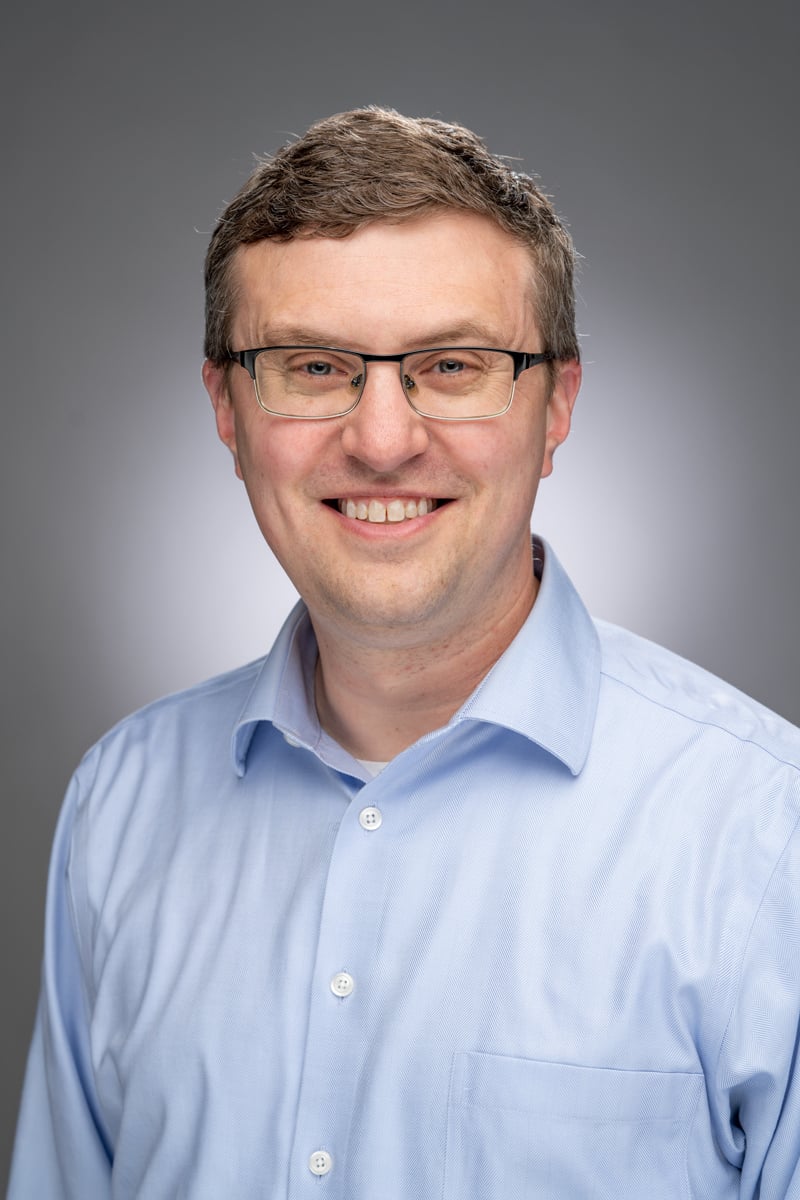You have /5 articles left.
Sign up for a free account or log in.
Derek Bruff is an old friend. When I found out that Derek had been promoted to assistant provost at Vanderbilt, I was totally stoked. (As was much of our small CTL world.) Derek’s promotion is part of a trend in higher education where CTL leaders are also assuming institutionwide leadership roles. This is a trend that Eddie Maloney and I wrote about in our book Learning Innovation and the Future of Higher Education. Derek generously agreed to answer my questions about his new role.
assuming institutionwide leadership roles. This is a trend that Eddie Maloney and I wrote about in our book Learning Innovation and the Future of Higher Education. Derek generously agreed to answer my questions about his new role.
Q: Tell us about your new assistant provost gig. How will this change your role as executive director for Vanderbilt’s Center for Teaching?
A: In many ways, the assistant provost position is an expansion of the work I’ve been doing as director of the Center for Teaching for years. The new role focuses on faculty development and educational initiatives from the Office of the Provost, and the Center for Teaching is certainly the home base for faculty development around teaching and learning (often called “educational development” in our field) at Vanderbilt. As an assistant provost in the Office of Faculty Affairs, I’ll take on new projects for the provost, in addition to the CFT.
For instance, I’ve been named interim director of the Digital Commons, a new unit of the Vanderbilt Libraries focused on helping faculty learn the skills they need to use digital technologies in their research and teaching. There’s an overlap with the Center for Teaching, since the CFT helps faculty teach with technology in intentional ways, but the Digital Commons is a separate unit that has a different mission. I’m excited to take my experience with faculty development into the research arena at Vanderbilt. I’m also excited to start up a new unit! Strategic planning, hiring new staff, developing new programming, collaborating with other units at the Libraries and around campus … those are some of my favorite parts of working in higher education.
There’s also a communication and outreach component to the new position that’s also an extension of the work we’ve been doing at the CFT. For instance, last summer, as faculty were gearing up for unpredictable teaching conditions in the fall, I had a lead role in a faculty town hall focused on adaptive teaching strategies that was attended by hundreds of our faculty. Representing the Office of the Provost in that way is something that will continue for me as assistant provost, particularly around faculty development and teaching issues at Vanderbilt.
As for my work at the Center for Teaching, I’m still directing the center, but I’ve had to hand off some of my projects to colleagues to make room on my plate. That means I won’t be leading our new faculty orientation this fall, nor will I be lead writer on the annual report this summer. And I’m scaling back my one-on-one teaching consultations at the Center, something I’ll definitely miss. I wasn’t doing a lot of consultations as director anyway, but now I’ll do even less. This means I’ll be more dependent on my senior staff, who consult regularly with faculty and other instructors, to give me a sense of what challenges and opportunities are facing the Vanderbilt teaching community.
Q: For our Center for Teaching and Learning and learning science community, your promotion to assistant provost is a big deal. Now that you have a bigger seat at your institution’s leadership table, what sort of changes and investments to advance learning do you hope to advocate for?
A: “Advancing learning” can mean different things, but for me, a big part of that is creating learning experiences that are personally or professionally meaningful for students. Surface or strategic learning -- the kind of box-checking we sometimes see in higher education -- can be a slog for both students and teachers. Meaningful learning takes more effort from both students and instructors, but it can be transformative for students, and it’s well worth the effort.
There’s a lot that can be done by instructors at the course or lesson design level to foster meaningful learning. The bread-and-butter work of teaching centers is helping faculty make intentional and effective teaching choices to foster student learning. For years, teaching centers have done this primarily through work with individual faculty, often through individual consultations and come-one-come-all workshops. However, savvy teaching centers have expanded their scope to work with departments and programs. Prior to the pandemic, our teaching center greatly expanded our reach and impact on campus by partnering with department chairs and school deans to provide faculty development offerings that operate at these levels, to build more intentional curricula and foster department cultures that support strong teaching and learning.
As assistant provost, I now have a voice in campus-level discussions about teaching and learning, which provides an even larger scope for the work of creating meaningful learning experiences. Faculty-administration collaborations are critical to the success of campus-level efforts to enhance teaching and learning, and I can help foster such collaborations. Teaching center people often have good relationships with both faculty and administration and can help each group better understand and work with the other. I am also in a position to influence resource and infrastructure decisions in ways that support meaningful learning for our students. That involves directing attention to what students need to succeed, but also to what faculty need to do all the things they’re being called on to do. We can’t just assume faculty know how to do all those things -- they need the opportunity to learn the skills needed for teaching, research and service.
Q: Let’s talk about higher education after COVID-19. What are the lessons that you think that colleges and universities should be learning from the pandemic? How do you expect the post-pandemic university to be different than it was before?
A: There are so many lessons! The first one that occurred to me last year, as we worked with hundreds of faculty in our Online Course Design Institute, is that faculty now have so many more tools in their teaching toolboxes. And by “tools” I mean educational technologies, but also teaching strategies. The last 15 months of teaching required faculty to step outside of their comfort zones, and many of them have found new approaches to teaching that they’ll continue to use in the future, regardless of their teaching contexts.
There are also more specific lessons, like the ways faculty embraced alternative models of assessment during their pandemic teaching. That started in the spring of 2020, when many instructors replaced their usual timed, high-stakes final exams with other assessment methods, like open-book texts and student projects. And it continued in the fall as faculty explored alternate ways to assess student participation in Zoom classes, like the use of polling questions and text chat. There’s the potential here for a radical rethinking of how we know what students have learned, but I expect we’ll see more gradual change, as ongoing conversations about better assessments accelerate.
I would also love to see campuses rethink how we use our physical spaces for learning. Higher education has learned a lot about remote working over the last year, and we’ll likely see some changes to our work environments as a result. But we’ve also learned more about the importance of our students’ physical environments to their ability to learn. During this past year, we have learned that our students will get stuff done in their car parked in a fast food restaurant parking lot, if necessary, but I expect we will see campuses thinking creatively about learning environments, with a focus on good light and fresh air and social interaction.








